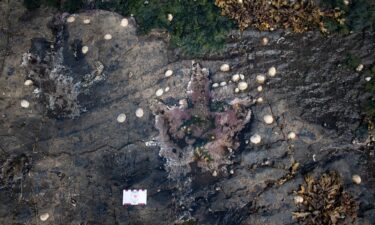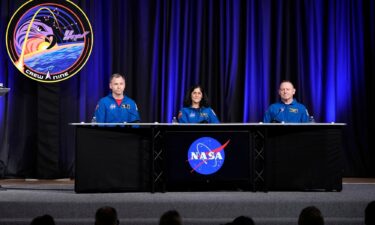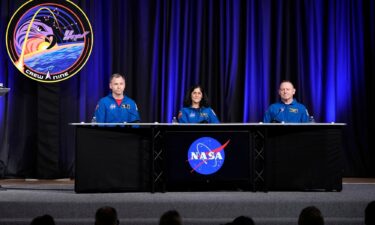This ‘Poo Zoo’ is harvesting living cells from animal dung
By Rebecca Cairns, CNN (CNN) — Professor Suzannah Williams wishes she didn’t have to spend her days analyzing poop samples. It’s a dirty job; but someone’s got to do it. Biodiversity is rapidly dwindling, with wildlife populations declining by an average of 73% between 1970 and 2020. For Williams, and her small team at Oxford
Continue Reading














